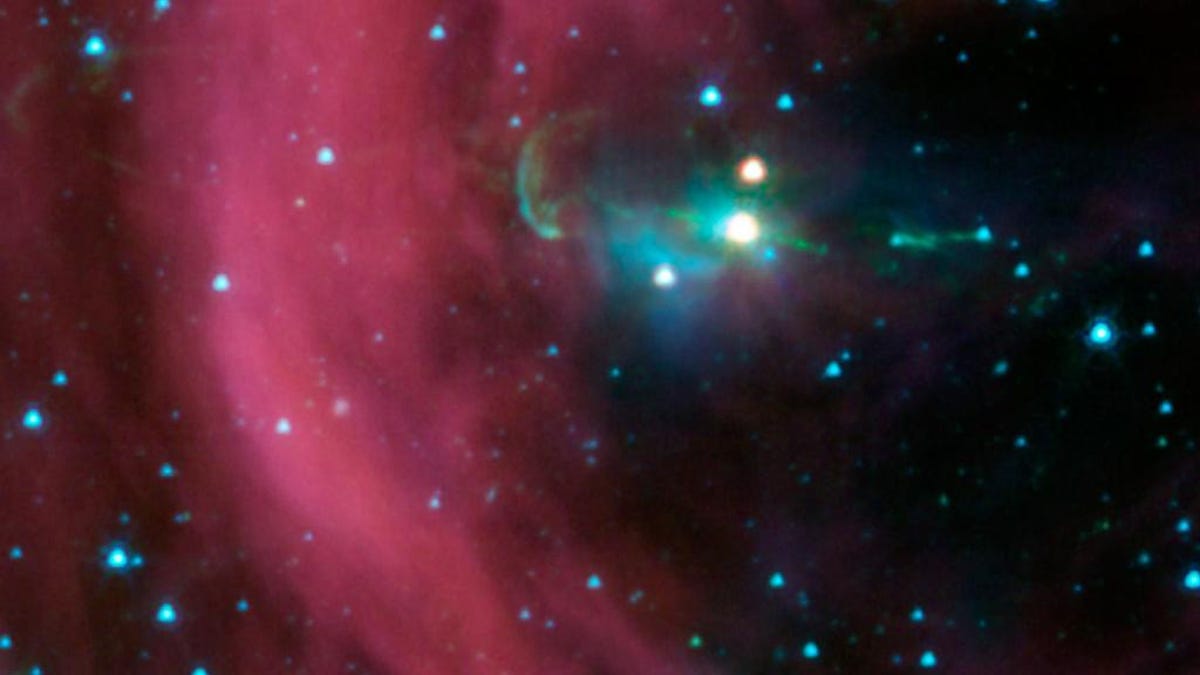Space: Not a final frontier
A veritable flotilla of probes--some now in space, others soon to launch--are extending our understanding of the cosmos.

Earlier today, scientists at the European Space Agency marked a milestone: On March 1, 2002, the largest Earth observation satellite ever built was launched into orbit. During the course of its (extended) lifetime, the Envisat satellite has circled the Earth more than 50,000 times, providing fodder to scientists publishing their research in an estimated 2,000 scientific journals.
But it's hardly an anomaly. Despite the well-chronicled budgetary problems affecting space programs around the world, space exploration nonetheless continues to extend our understanding of the solar system (and beyond). Just this week, NASA's Spitzer Space Telescope took the extraordinary image you see on this page of a baby star sprouting two identical jets. Check out the enclosed photo essay chronicling some of the more notable probes now hurtling toward the great beyond-as well as a few that soon will join them in their collective pursuit of knowledge.

